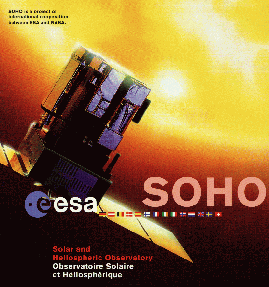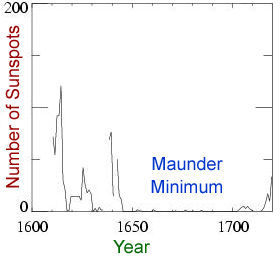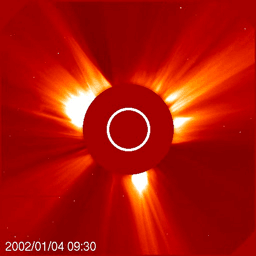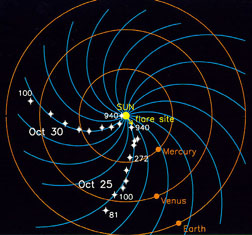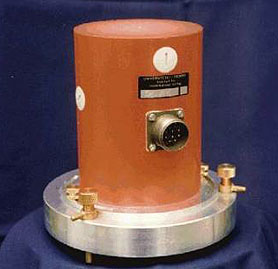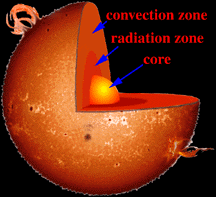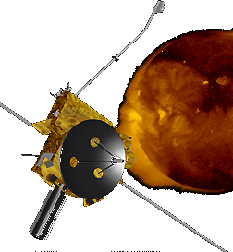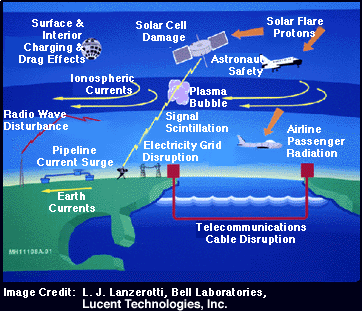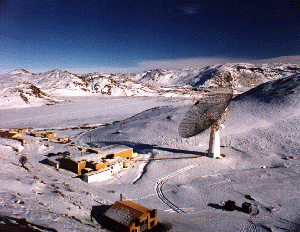
Ground-based Observations of Space Weather
Spacecraft help us observe and measure space weather. We also make some kinds of space weather measurements from the surface of Earth. Satellites are better for some kinds of observations. However, observations made from the ground have advantages too. Instruments on the ground are much less expensive and are much easier to fix than instruments on satellites. Also, some observations have been made from Earth for many, many years, so we have a long history of measurements. Records of sunspots are a good example of this. Observations from spacecraft, on the other hand, only go back a few decades or less.
Watching the Sun from Earth
Astronomers have used special telescopes to view the Sun for centuries. They have kept records of sunspot counts for a long time. They have also observed the Sun's corona (part of its atmosphere) during total eclipses of the Sun. Scientists also use spectroscopes, instruments that break sunlight up into different colors, to learn about the elements in the Sun. Some telescopes that are high up in mountains can even "see" infrared (IR) "light" from the Sun. Coronagraphs, instruments that make artificial eclipses, help us study the Sun's atmosphere.
Northern Lights and Southern Lights - the Aurora
When space weather storms hit Earth's atmosphere, they create a glow in the sky we call the aurora (or Southern or Northern Lights). People have observed aurora for many years. Those observations give us a record of space weather storms that goes far back in time. Aurora watchers can notice how bright an aurora is and how long it lasts. This helps us know how strong a space weather storm is.
Using Radio Waves to Observe the Ionosphere
Space weather causes changes in Earth's atmosphere. Instruments on Earth help us keep track of how the atmosphere changes. One part of the atmosphere, the ionosphere, has lots of electrically charged particles in it. Stations on the ground work with satellites to beam radio waves through the ionosphere. The particles in the ionosphere affect the radio signals, allowing scientists to measure the ionosphere. They can see how the ionosphere changes as space weather changes.
Measuring Magnetic Fields around the Globe
The solar wind carries the Sun's magnetic field, which is called the Interplanetary Magnetic Field (IMF), with it. When the IMF gets to Earth, it combines with Earth's own magnetic field. Scientists use many magnetometers around the globe to measure the combined magnetic field. When these measurements change, we know that space weather is changing, too.





